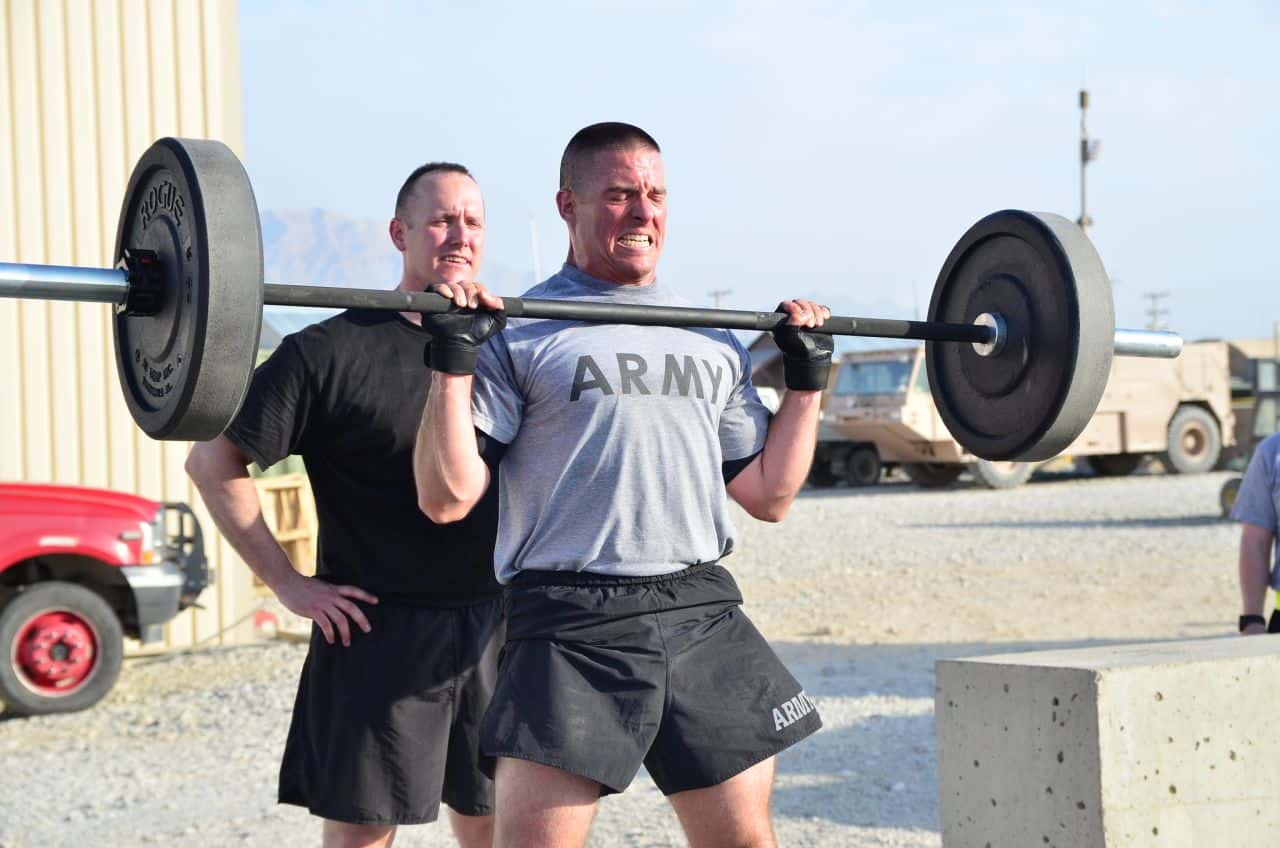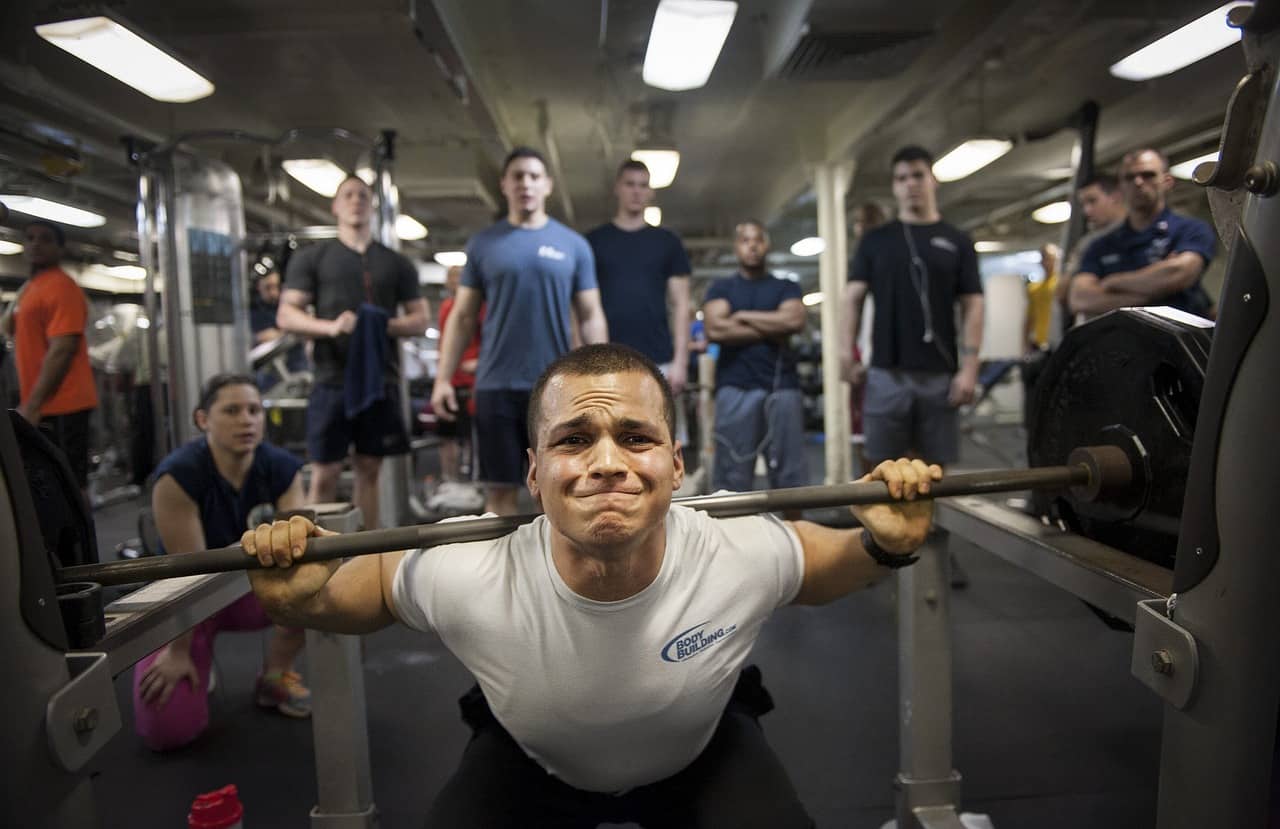Lifting weights is a great way to achieve your health and fitness goals. Not only can you build muscle and improve your physical strength, but you’ll also notice great improvements in your stamina, balance, coordination, and general mind-body focus. Weightlifting can strengthen your bones, help you to control your body-weight, and will give you a healthier heart and a better-functioning cardio-vascular system with better levels of blood sugar.
However, weightlifting can also be challenging for the beginner, and going in unprepared means risking injury as well as the chance of being discouraged and quitting your regime before you start to see the real benefits. By following these basic tips, you can make sure that weightlifting will work for you.
Don’t fear the gym
Going to the gym for the first time can be a daunting psychological experience. Suddenly, you’re in among all of these buff, ripped bodies, and as a beginner, you’re bound to compare yourself to them unfavorably. What are you even doing here? The answer to that is, you’re here to get fit. Every one of your fellow gym bunnies was once a beginner like you, and they’re not here to judge you. The truth is, by stepping into the gym in the first place, you’ve already set your first foot on the same path as them: you’re all comrades in pursuit of fitness, not rivals for the perfect body.
Consider a personal trainer
If you can afford it, there’s no substitute for the personal touch. Weight training can be done with a trainer in small groups, or you can even hire someone for one-to-one coaching. This is the best way to make sure that you are following the weightlifting routine that is right for you, and to avoid injury in the process.

Also, there’s nothing like a personal trainer to make sure that you don’t get discouraged and give up too soon.
Get the right gear
If you’re training in a gym, you can use the weights provided, but if you’re training at home, you’ll need to buy your own weights. Don’t be tempted to cut corners here: buy professional weights that are right for you – not too heavy and not too light either. Besides the weights, you’ll also need the right exercise clothing, including specialist weightlifting shoes, gloves, and a compression shirt that will give support for your shoulders.
Take it easy
Rushing into a weightlifting routine in a hurry will almost certainly prove counterproductive in the long run. Build up slowly and pay attention to what your body is telling you. Fatigue and soreness come with the territory, but “no pain, no gain” is only true to an extent: sometimes, pain is your body’s way of telling you to slow down or even stop before you do yourself more serious damage. Learn to lift properly, maintain good posture – back straight, bending with the knees, lifting with the arms – and always warm up with a few good stretches and squats before beginning.
Eat well
If you’re trying to improve your body, then weightlifting or any form of exercise will only really be effective in combination with a healthy diet. Avoid junk food and excessive alcohol, and go for whole foods plus fresh fruit and vegetables. It is important to stay hydrated: muscles are 75% water, and you need to replace the lost liquids that you sweat out in every session.
Take in plenty of protein
Weightlifting requires plenty of protein in particular. Don’t lift on an empty stomach: eat a healthy but hearty breakfast that your body can metabolize, and consider specialist high-protein shakes and snacks designed with weightlifters in mind. Just make sure that you’re exercising enough to convert these into muscle. Healthy fats and carbohydrates are also important to keep your energy levels up and aid in recovery.
Take time out
It’s recommended to give yourself at least 48 hours of rest between each weightlifting workout, and to only lift weights two or three times a week, at least at first. Dedicate the rest of your time to general cardio-vascular exercise. As well as giving you a break, recovery and rest time is actually what allows the physiological changes that you’re encouraging in your body to take place.
Find a routine that works for you
Finally, not all weightlifting routines are the same, just as not all bodies are the same. There’s a big difference between Olympic weightlifting and general weight training for example, and it’s okay to try out different exercise regimes before settling on the one that feels right for you. Consult a trainer or an expert, but above all, go with what feels right. It won’t be long before you start to feel the benefits.

